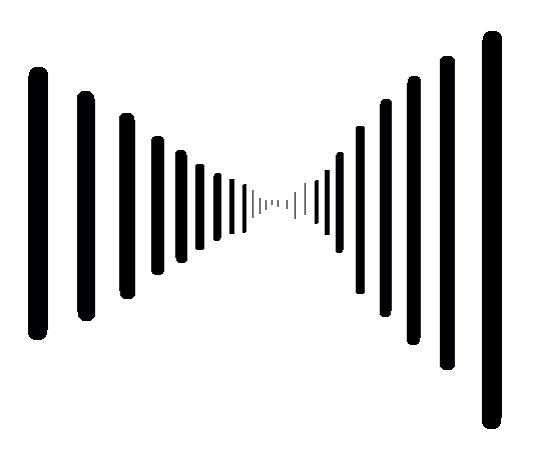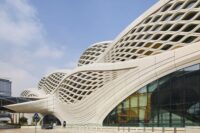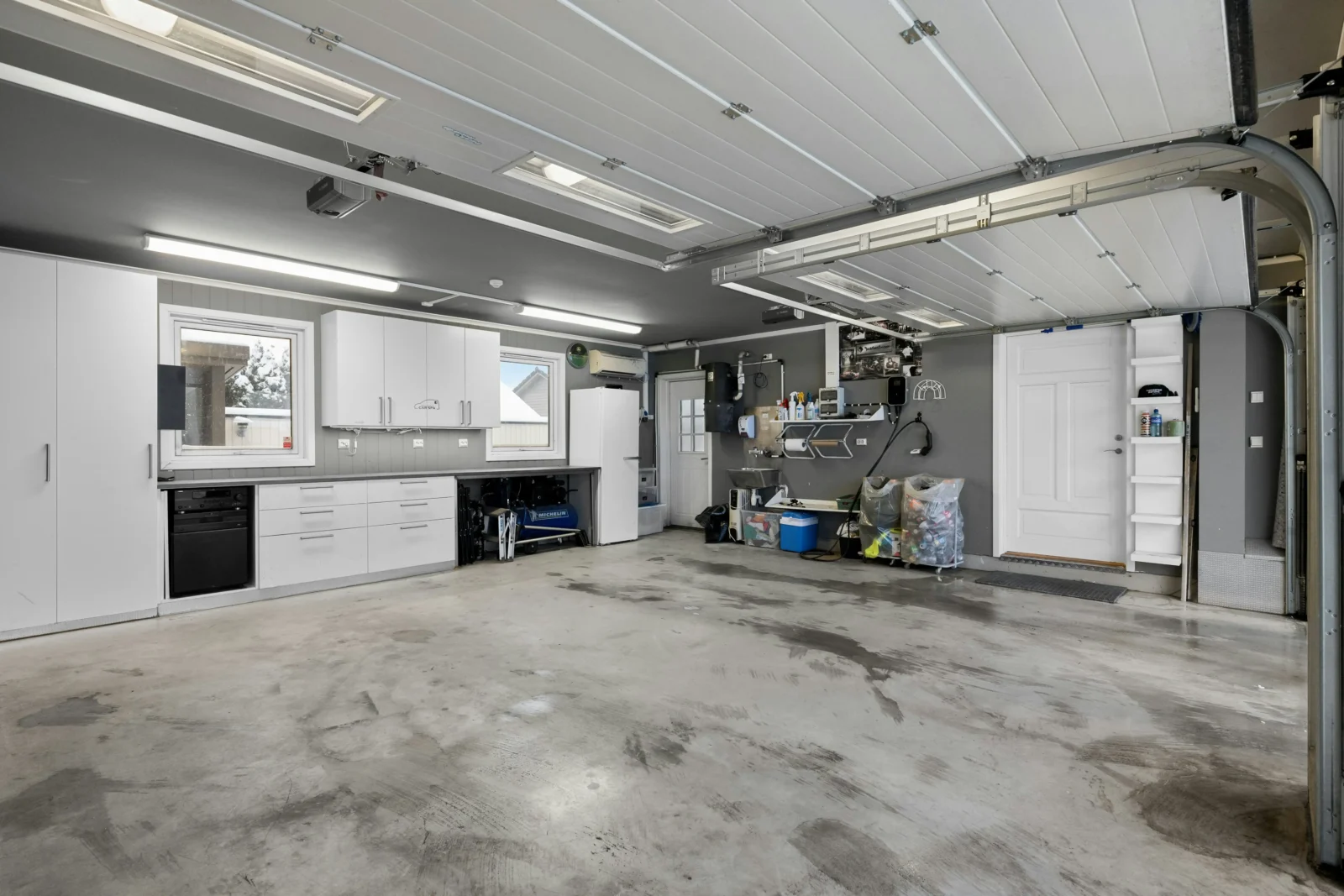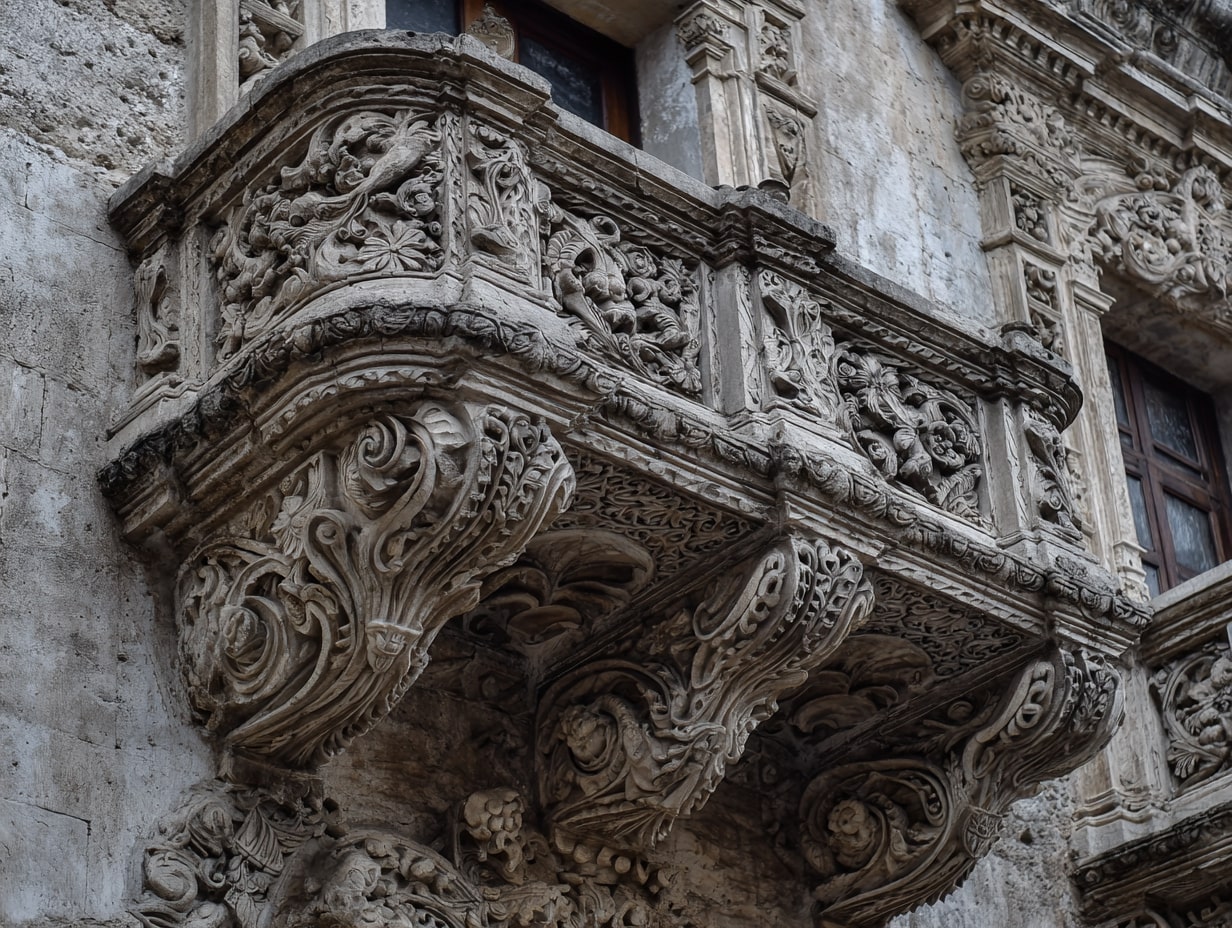- Home
- Articles
- Architectural Portfolio
- Architectral Presentation
- Inspirational Stories
- Architecture News
- Visualization
- BIM Industry
- Facade Design
- Parametric Design
- Career
- Landscape Architecture
- Construction
- Artificial Intelligence
- Sketching
- Design Softwares
- Diagrams
- Writing
- Architectural Tips
- Sustainability
- Courses
- Concept
- Technology
- History & Heritage
- Future of Architecture
- Guides & How-To
- Art & Culture
- Projects
- Interior Design
- Competitions
- Jobs
- Store
- Tools
- More
- Home
- Articles
- Architectural Portfolio
- Architectral Presentation
- Inspirational Stories
- Architecture News
- Visualization
- BIM Industry
- Facade Design
- Parametric Design
- Career
- Landscape Architecture
- Construction
- Artificial Intelligence
- Sketching
- Design Softwares
- Diagrams
- Writing
- Architectural Tips
- Sustainability
- Courses
- Concept
- Technology
- History & Heritage
- Future of Architecture
- Guides & How-To
- Art & Culture
- Projects
- Interior Design
- Competitions
- Jobs
- Store
- Tools
- More

Space, such as line, colour, point, volume, is among the design elements in architecture. Of these elements, the point marks a position in space. It is organizing surrounding elements about itself and dominating its field in the space. Line as another design element creates an extended point with length, direction, and position. A line extended in a direction other than its intrinsic direction becomes a plane that is also an element of design. Other design elements can be said to define the space.
Designing the space is part of the spatial design. The space, designed in accordance with the design principles, is one of the most important issues in architecture. Rhythm, proportion, emphasis, balance, and unity are the basic design principles to be applied in the design of the space.
Let’s examine these basic design principles together.

Table of Contents
ToggleRhythm

The spaces between repeating elements can cause a sense of rhythm to form, similar to the rhythm of a musical composition. Designers can create random, regular, alternating, flowing, and progressive rhythms.
Scale and Proportion
Scale and proportion are both design elements about size. Scale is the size of one object in relation to the other objects in a design. Proportion defines the size of the parts of an object with other parts of the same object. Designers always use scale and proportion to depict or distract from the ideal.
Emphasis
Emphasis is part of the design principle that is meant to stand out. Generally, this means the most important message the design is meant to convey. Emphasis can also be used to reduce the impact of a certain element.
Balance

In design, some elements are heavy while other elements are lighter. The way these elements are laid out should create a feeling of balance.
There are two types of balance: symmetrical and asymmetrical. In symmetrical designs, elements are placed with equal balance on either side of an imaginary centerline. Asymmetrical balance has elements with different weights. The elements are placed in relation according to the line that is not centered within the overall design.
Unity
Unity is the principle of design that unifies all other principles in the design, allowing each element to exist with one another to form. It is what gives a design the feeling of unity despite its internal components differing in scale, proportion, or contrast.
- architectural space
- Architectural Space Design
- commercial space design
- creative space layouts
- Design Principles
- designing functional spaces
- efficient space usage
- ergonomic space planning
- innovative space designs
- interior design space principles
- interior space planning
- modern space design techniques
- optimal space utilization
- residential space design
- Space Design
- Space Design Principles
- space planning strategies
- spatial design concepts
- sustainable space design
- urban space design
- workspace design principles
Submit your architectural projects
Follow these steps for submission your project. Submission FormLatest Posts
Are Organic Bamboo Sheets Worth the Investment?
When it comes to getting a good night’s sleep, the quality of...
Converting Garages to Living Spaces: Structural Changes That Require Professional Engineering
When considering a garage conversion to extend your home’s living space, understanding...
A Beginner’s Guide to Architectural Details
Architectural details explained for beginners: clear terms, key joints, proportions, climate-smart specs,...
5 Must-Visit Structures by Norman Foster
Explore five must-visit structures by Norman Foster, showcasing iconic works that combine...














Leave a comment